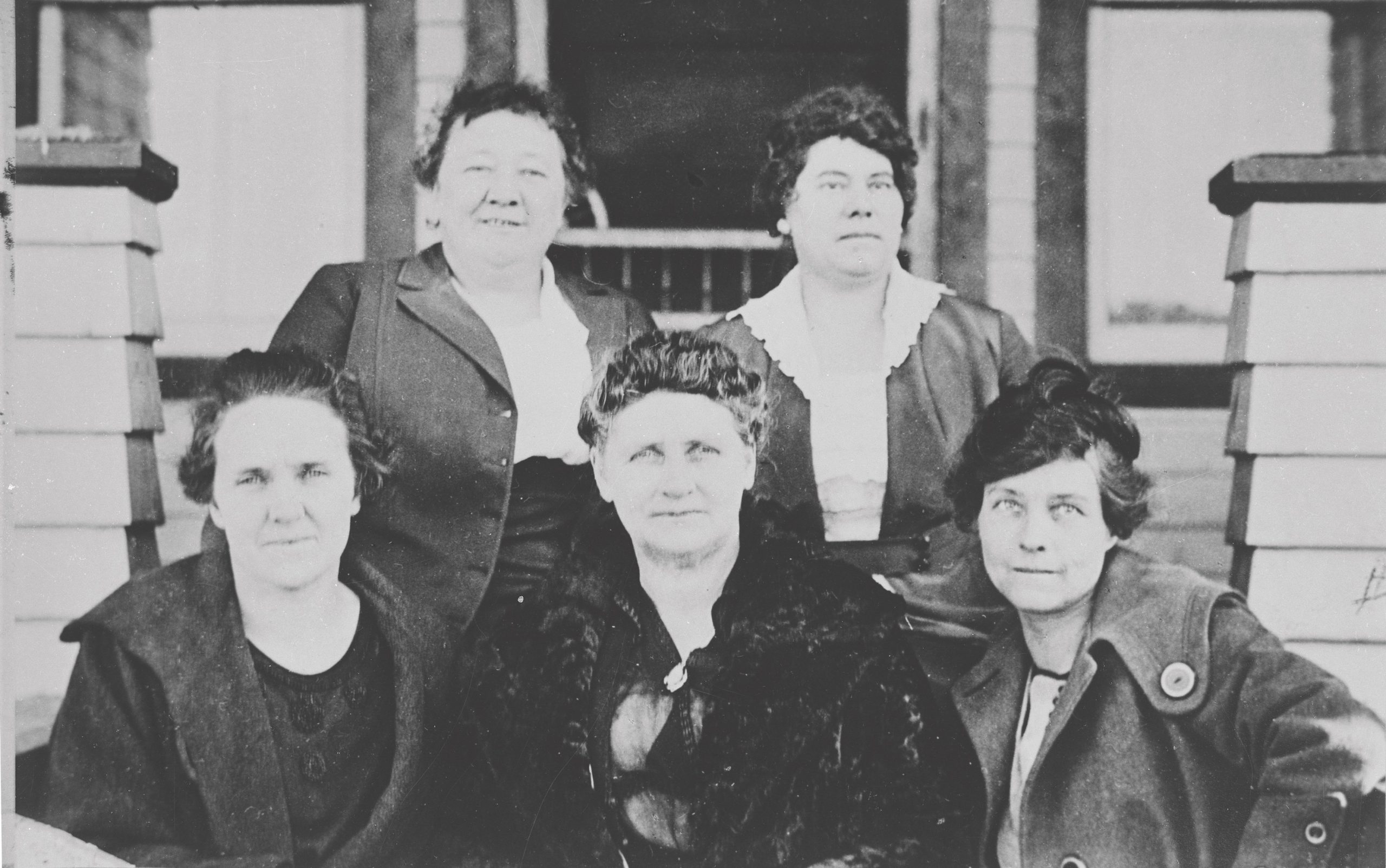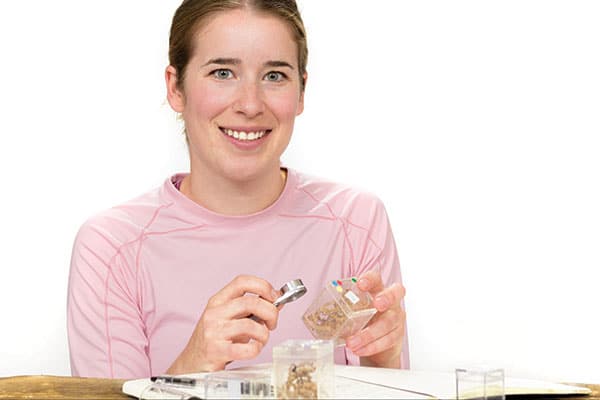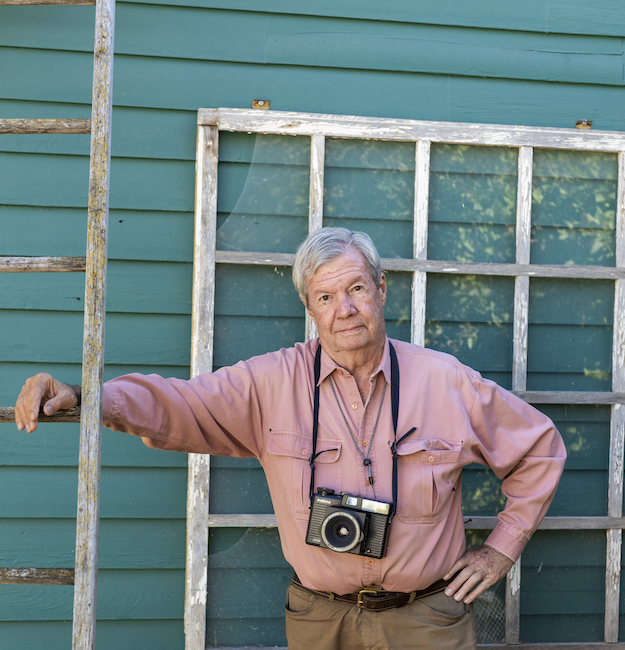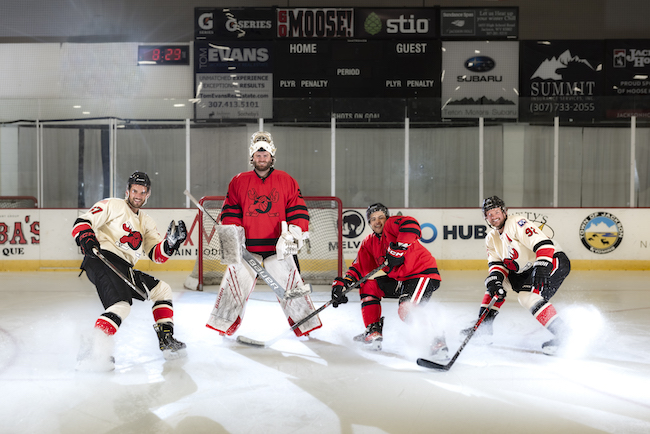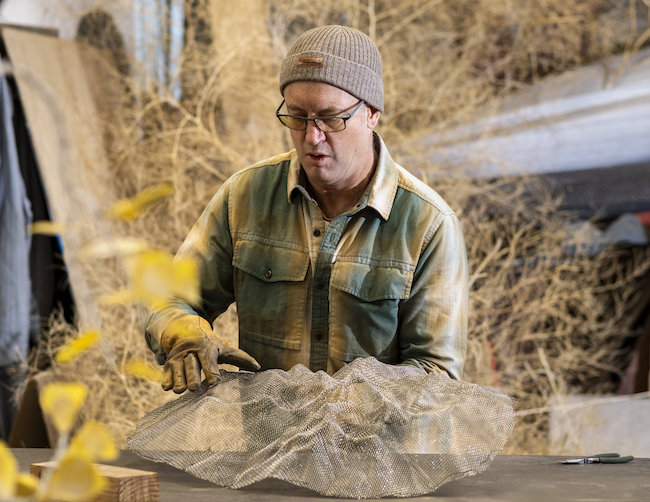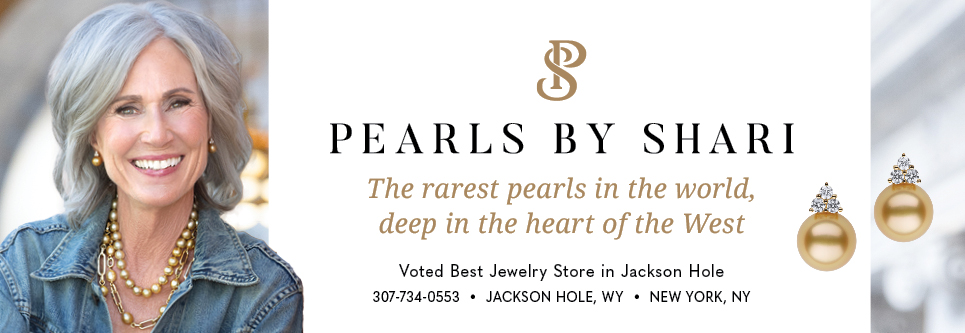Vertical Vision
27 Aug 2017
Greenhouse aims to grow 100,000 pounds of food and create jobs
Summer 2017
Written By: Michelle DeLong | Images: Courtesy Vertical Harvest
On a concrete corner in Jackson, a three-story greenhouse is on its way to producing 100,000 pounds of produce per year, including lettuce, heirloom tomatoes, basil and microgreens. You heard that right: some of the most nutritionally dense produce in Jackson grows right next to the parking garage downtown.
This produce, which would typically require five acres of land to grow on a traditional farm, is produced on only one-tenth of an acre. Vertical Harvest uses the hydroponic farming method, which forgoes the traditional use of soil and instead delivers dissolved nutrients to each plant via water. The innovative farm was conceived in the throes of the 2008 economic recession. Co-founder and CEO Nona Yehia says, “There wasn’t much work for anyone, which is when, interestingly enough, I think innovation flourishes—when there are huge constraints.” “I receive at least one call a day
asking us how we did it.”
– Nona Yehia
Vertical Harvest became the first hydroponic farm in the world to stack several greenhouses on top of each other, making use of a tiny urban space.
“I receive at least one call a day asking us how we did it,” Yehia laughs as she pulls on a hairnet and leads the way to Vertical Harvest’s public atrium. This visually stunning, airy space looks out over one of the greenhouse’s seven “living walls,” which are moving carousels of growing greens basking in the glow of red and blue LED lights. Nona pauses and begs the question that fueled her vision: “How do you create independence for a community?”
Yehia is an architect by trade who seeks to solve social issues through the use of avant-garde design. After finishing work on the Teton Boulder Project, an outdoor public rock climbing space, she met Penny McBride, a sustainability consultant interested in creating an urban greenhouse, who became Vertical Harvest’s co-founder.
The team realized that to meet their goal of employing as many people and growing as much food as possible, they needed to skip the traditional hoop house greenhouse design and go vertical.
“I receive at least one call a day
asking us how we did it.”
– Nona Yehia
Vertical Harvest became the first hydroponic farm in the world to stack several greenhouses on top of each other, making use of a tiny urban space.
“I receive at least one call a day asking us how we did it,” Yehia laughs as she pulls on a hairnet and leads the way to Vertical Harvest’s public atrium. This visually stunning, airy space looks out over one of the greenhouse’s seven “living walls,” which are moving carousels of growing greens basking in the glow of red and blue LED lights. Nona pauses and begs the question that fueled her vision: “How do you create independence for a community?”
Yehia is an architect by trade who seeks to solve social issues through the use of avant-garde design. After finishing work on the Teton Boulder Project, an outdoor public rock climbing space, she met Penny McBride, a sustainability consultant interested in creating an urban greenhouse, who became Vertical Harvest’s co-founder.
The team realized that to meet their goal of employing as many people and growing as much food as possible, they needed to skip the traditional hoop house greenhouse design and go vertical.


 Enter in Caroline Croft, an employment facilitator for people with developmental and physical disabilities, who asked Yehia and McBride if they could employ her clients once the greenhouse got off the ground.
“That resonated for me,” Yehia says. “I have a brother with different abilities, and I was aware growing up that we take really good care of this population through schooling, but when it comes to employment there aren’t that many options. Everybody deserves the chance for meaningful work.”
Enter in Caroline Croft, an employment facilitator for people with developmental and physical disabilities, who asked Yehia and McBride if they could employ her clients once the greenhouse got off the ground.
“That resonated for me,” Yehia says. “I have a brother with different abilities, and I was aware growing up that we take really good care of this population through schooling, but when it comes to employment there aren’t that many options. Everybody deserves the chance for meaningful work.”
 Vertical Harvest currently employs 16 people with physical and developmental disabilities, who have inspired some of the hydroponic farm’s most intriguing innovations.
The "living walls," a collaborative design with Dutch engineers, bring the plants to the employees so people can work comfortably and efficiently. One such “living wall,” the only one of its kind in the world, rotates across, up, and down like a sideways “T” to take advantage of the building’s sunny southern façade.
“Jackson is actually a good place to have a greenhouse—we get a lot of sunlight and it’s dry,” Yehia says as she climbs the stairs to reach the top floor, home to the sun-loving vining crops. Each plant is grown in a reusable, compostable patch of rock wool and receives the exact amount of nutrients it needs on any given day. Water used on the tomato plants is recycled and recirculated through the rest of the greenhouse, making it 98 percent more water efficient than a traditional farm.
Vertical Harvest has become a poster child for the hydroponic farming movement and has already inspired countless projects across the country and the world. One can’t help but wonder: How did this happen in a little Wyoming ski town?
Yehia believes Jackson is the only place she could have realized her vertical vision, which she sees as her way to give back to the community which has fostered and supported her creativity through the years.
“Jackson is the perfect ecosystem for this to happen in because it’s filled with risk-takers, people who are always pushing the envelope. Just the fact that we live here is pushing the envelope of what society is supposed to do,” Yehia says, smiling broadly as she climbs back down the stairs to join her coworkers for a well-earned celebratory drink.
Vertical Harvest currently employs 16 people with physical and developmental disabilities, who have inspired some of the hydroponic farm’s most intriguing innovations.
The "living walls," a collaborative design with Dutch engineers, bring the plants to the employees so people can work comfortably and efficiently. One such “living wall,” the only one of its kind in the world, rotates across, up, and down like a sideways “T” to take advantage of the building’s sunny southern façade.
“Jackson is actually a good place to have a greenhouse—we get a lot of sunlight and it’s dry,” Yehia says as she climbs the stairs to reach the top floor, home to the sun-loving vining crops. Each plant is grown in a reusable, compostable patch of rock wool and receives the exact amount of nutrients it needs on any given day. Water used on the tomato plants is recycled and recirculated through the rest of the greenhouse, making it 98 percent more water efficient than a traditional farm.
Vertical Harvest has become a poster child for the hydroponic farming movement and has already inspired countless projects across the country and the world. One can’t help but wonder: How did this happen in a little Wyoming ski town?
Yehia believes Jackson is the only place she could have realized her vertical vision, which she sees as her way to give back to the community which has fostered and supported her creativity through the years.
“Jackson is the perfect ecosystem for this to happen in because it’s filled with risk-takers, people who are always pushing the envelope. Just the fact that we live here is pushing the envelope of what society is supposed to do,” Yehia says, smiling broadly as she climbs back down the stairs to join her coworkers for a well-earned celebratory drink. 
